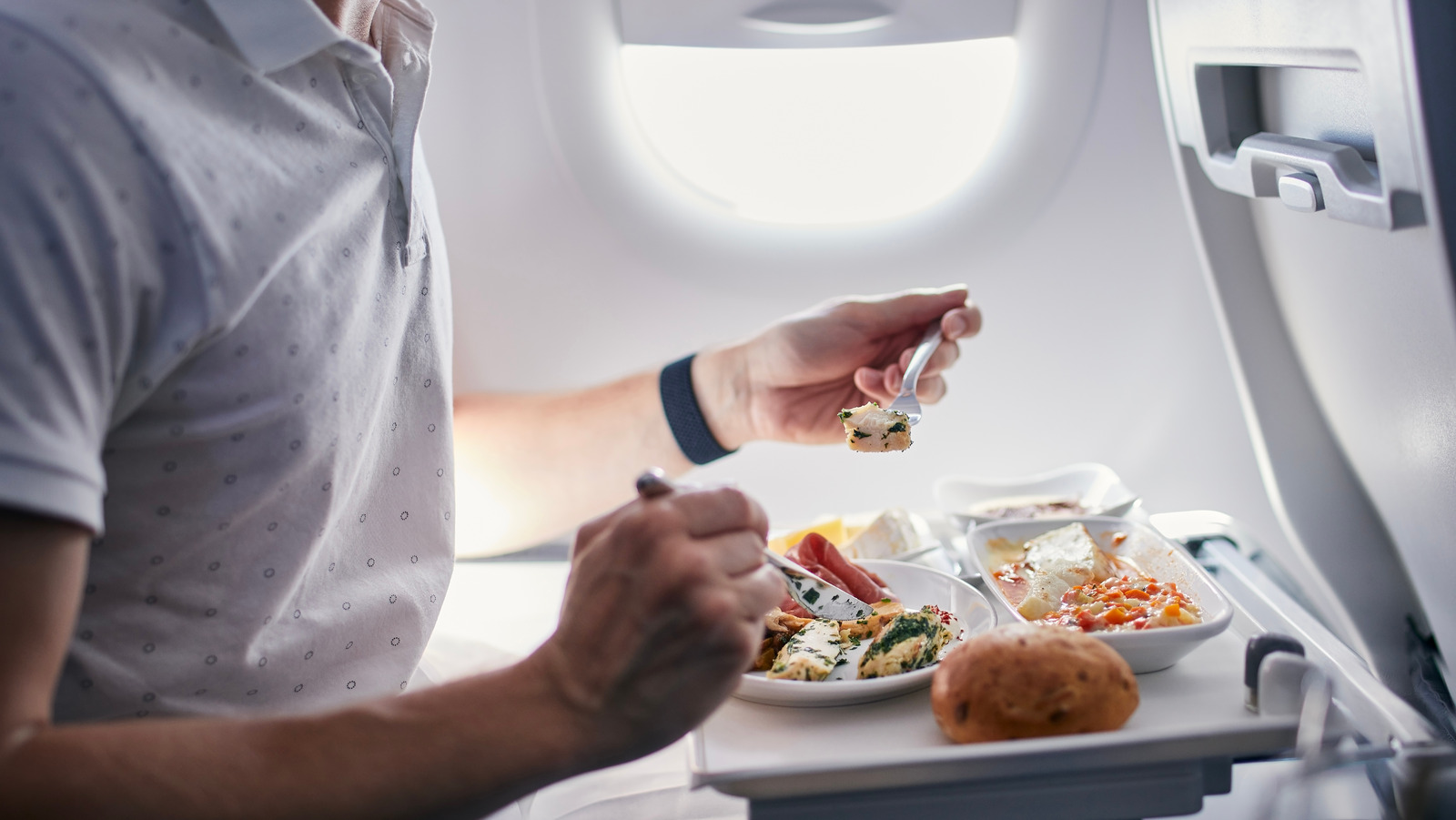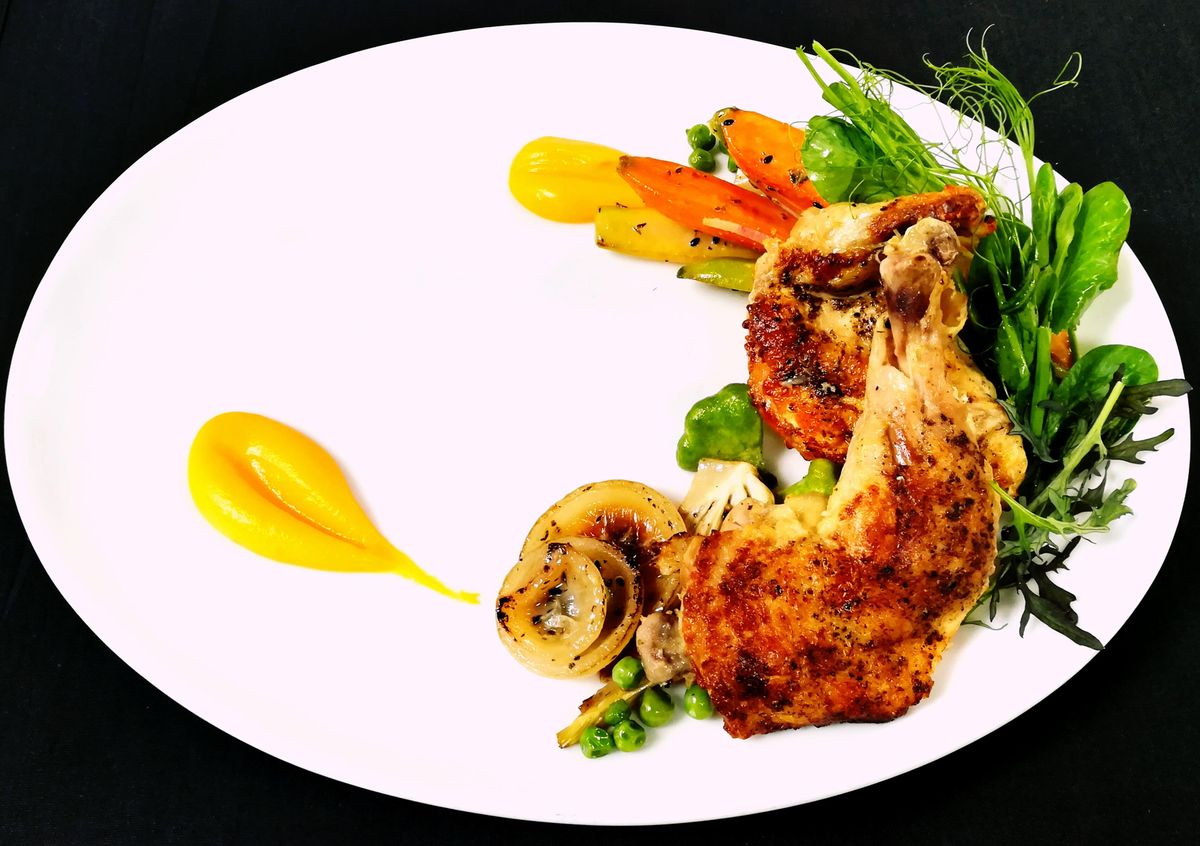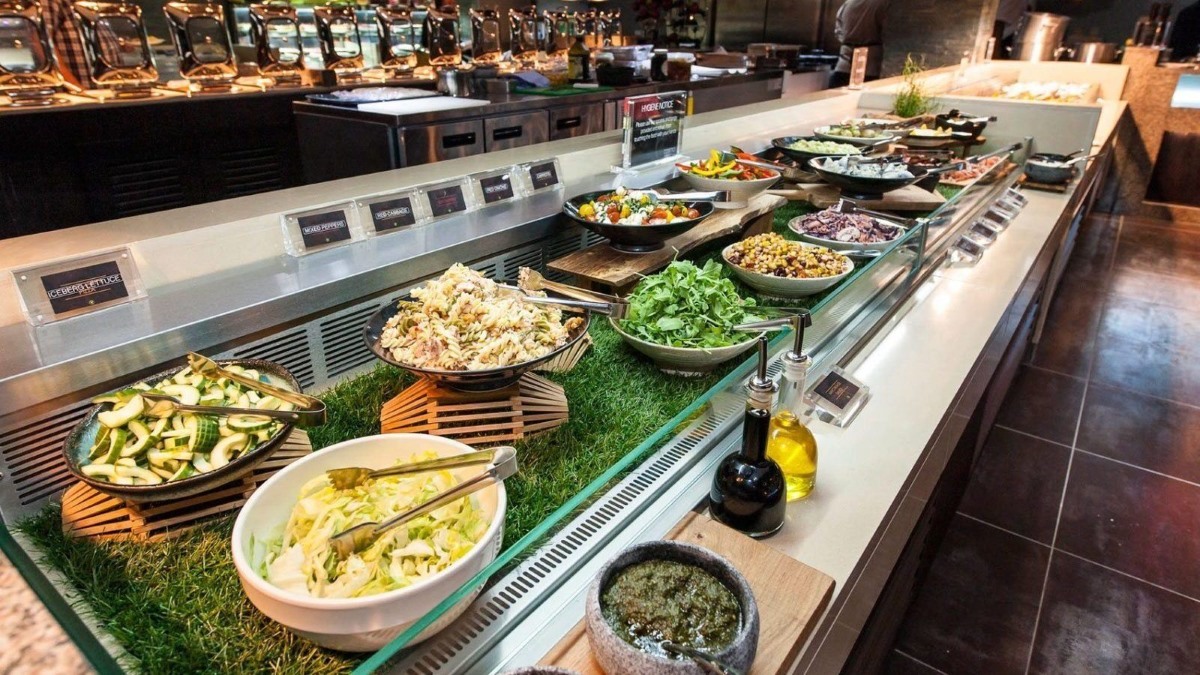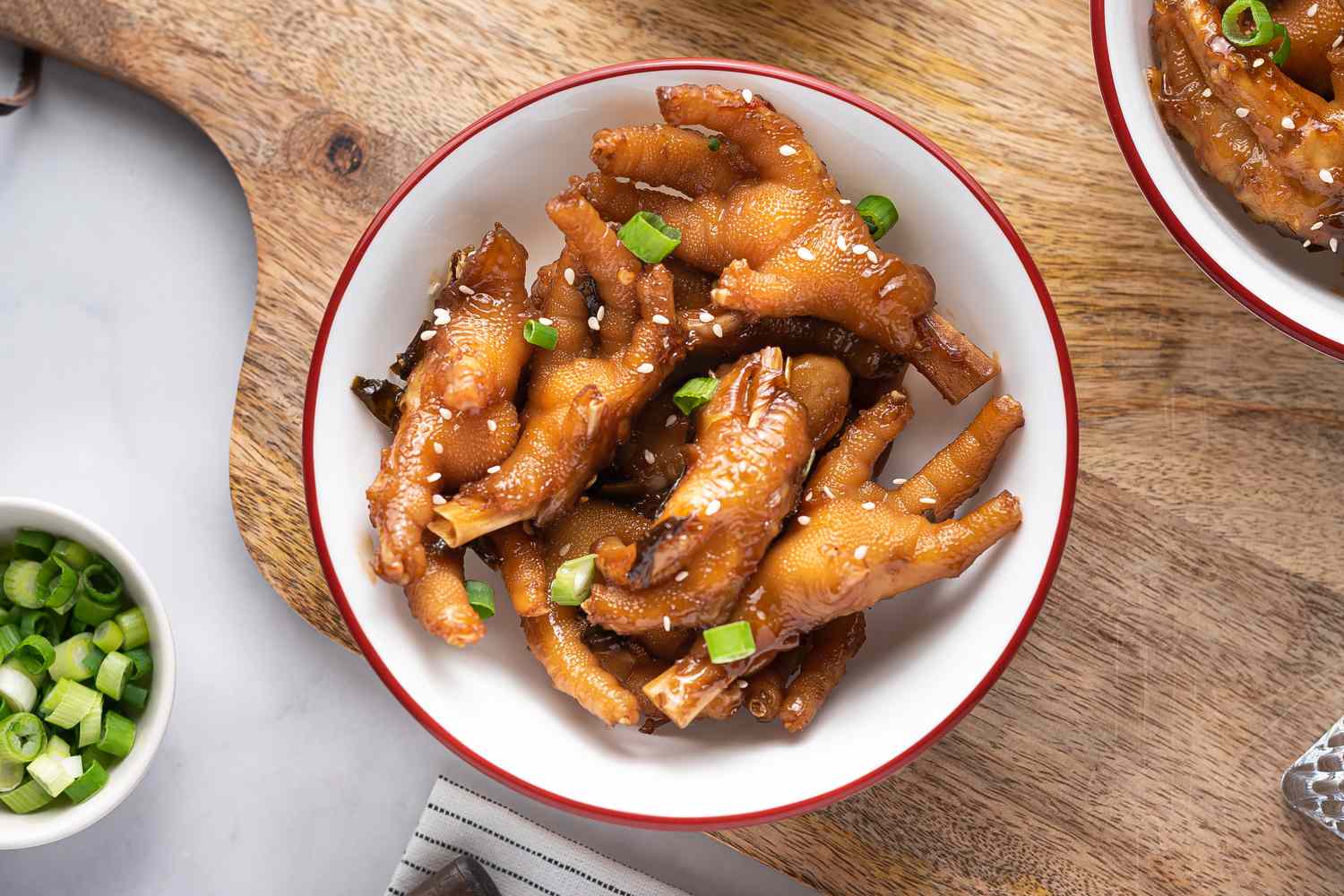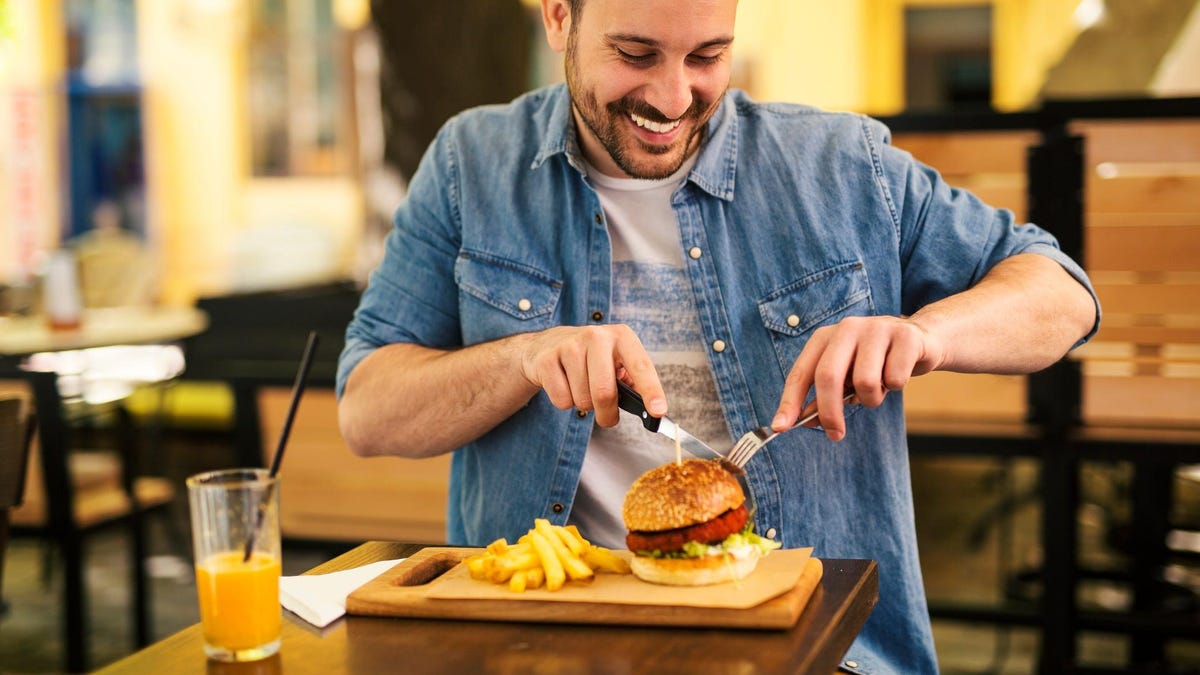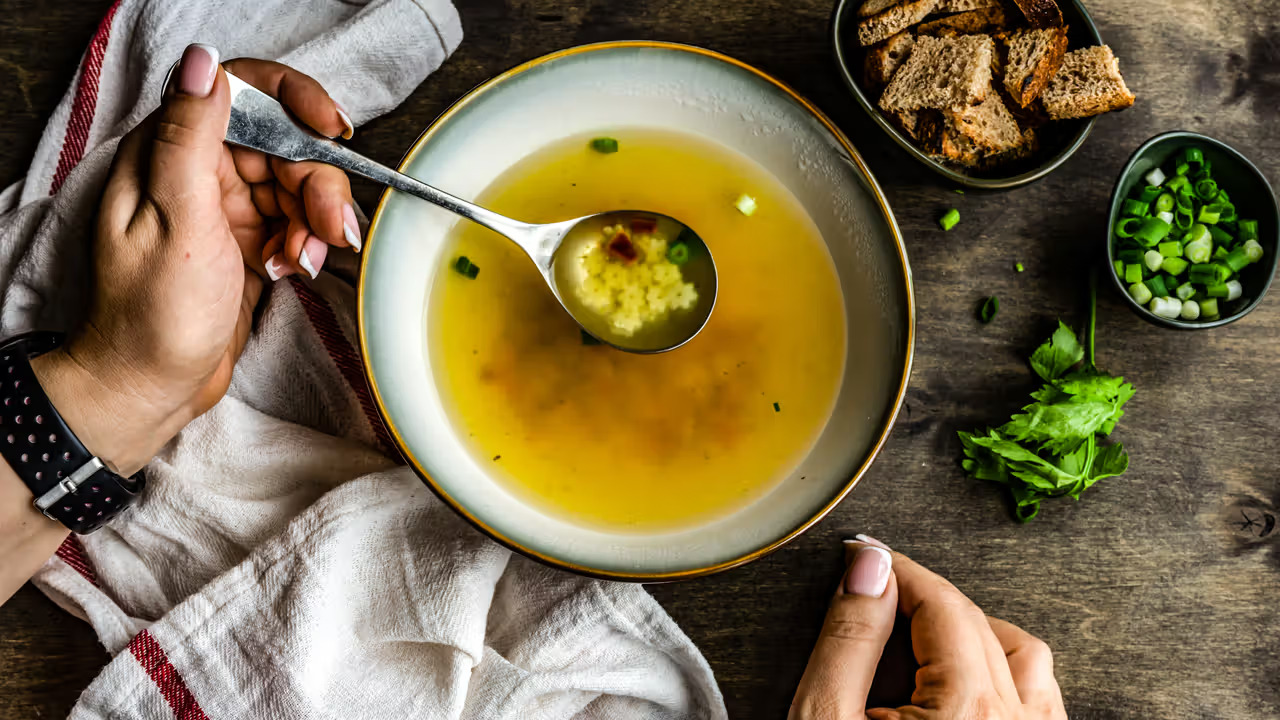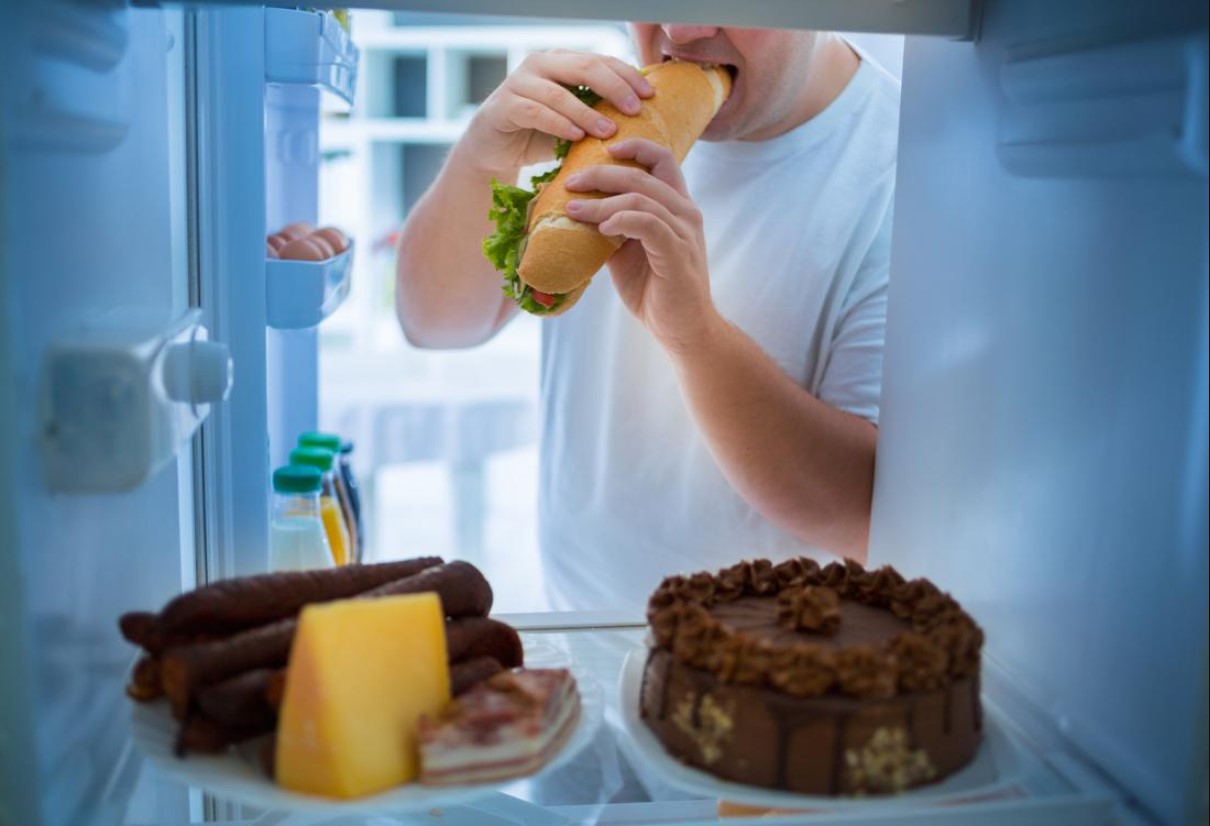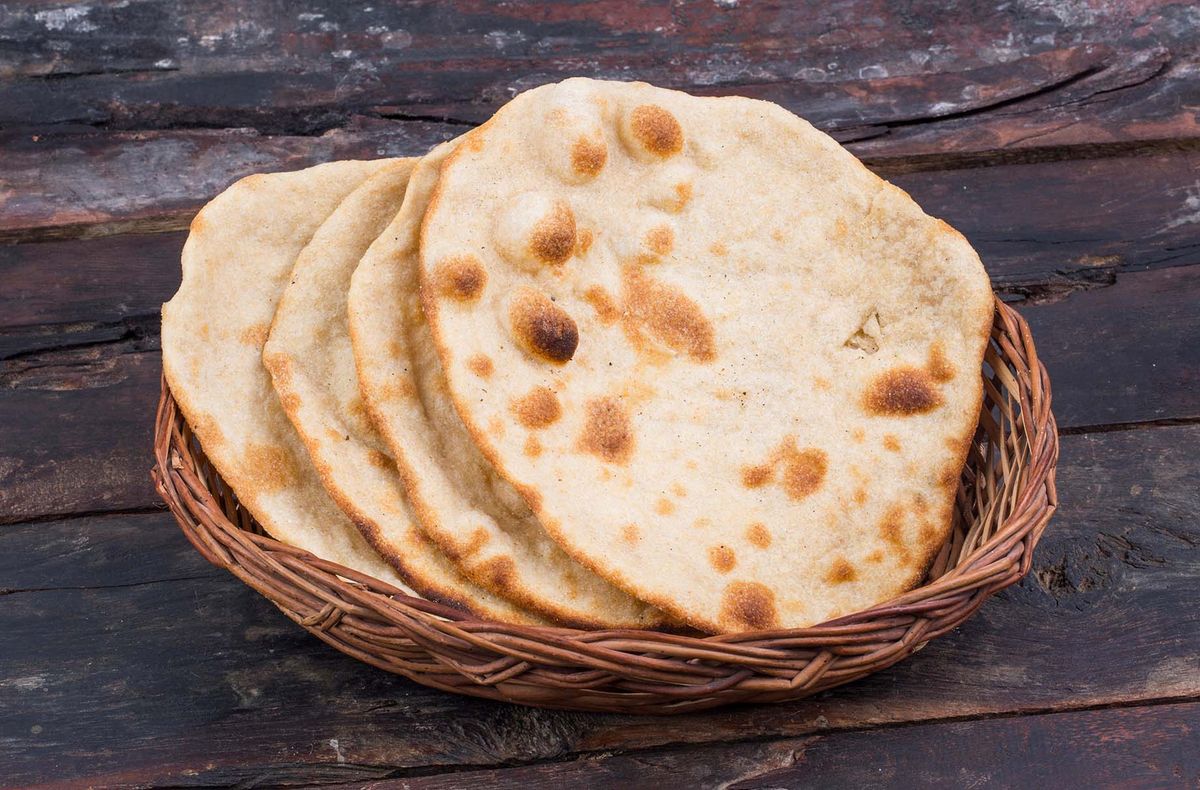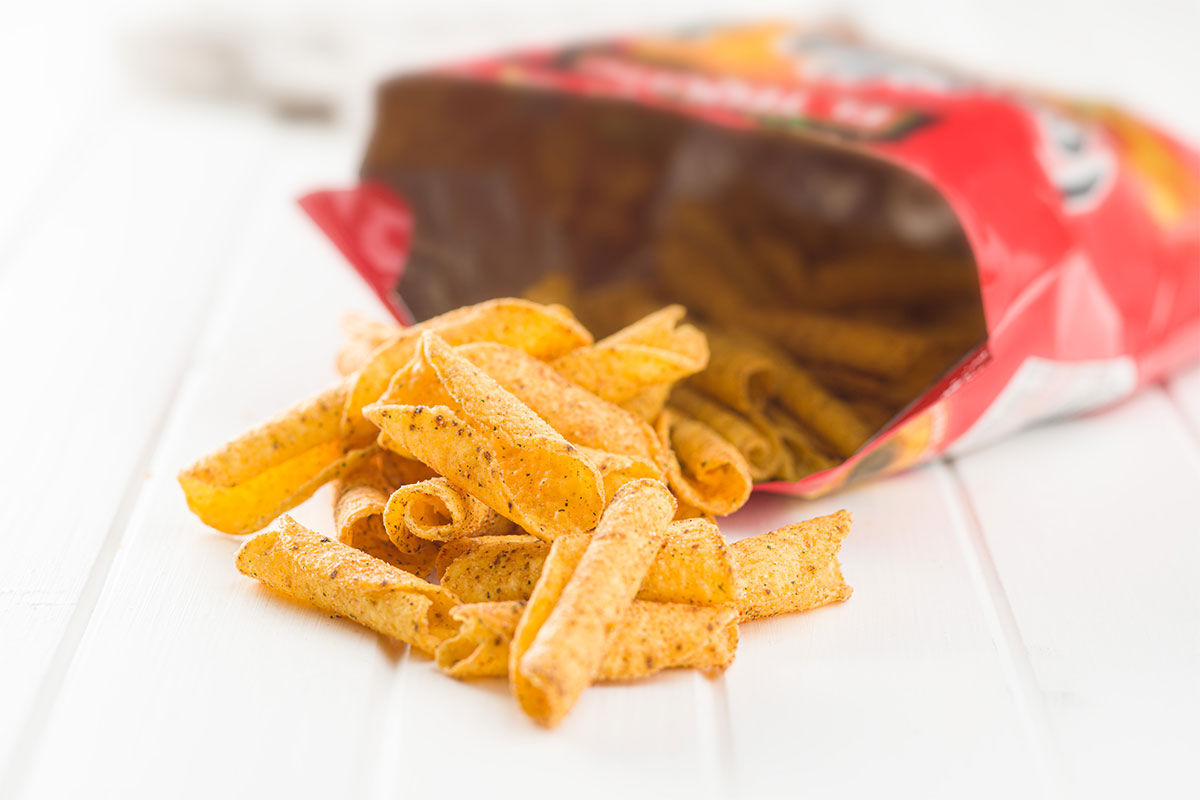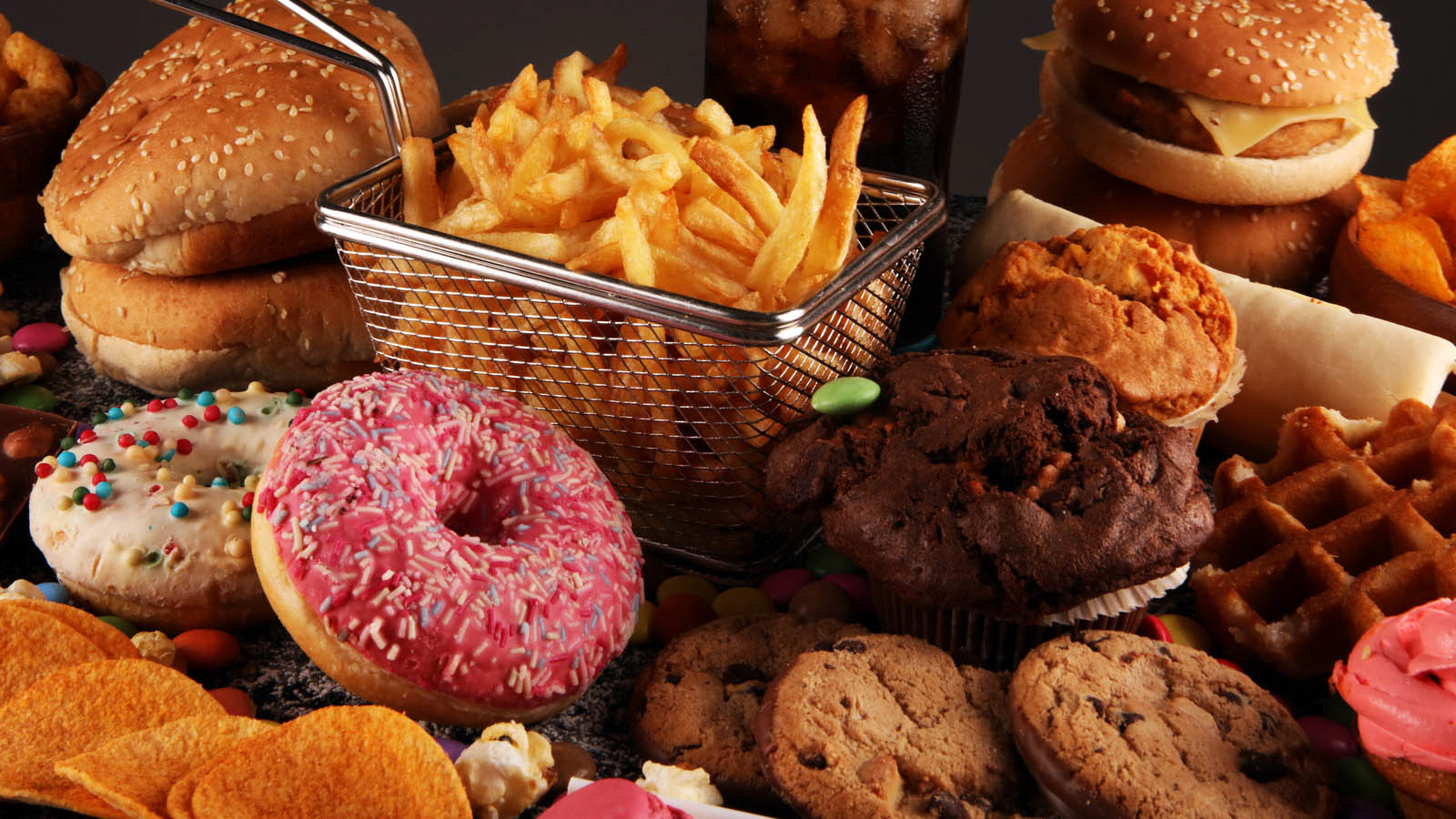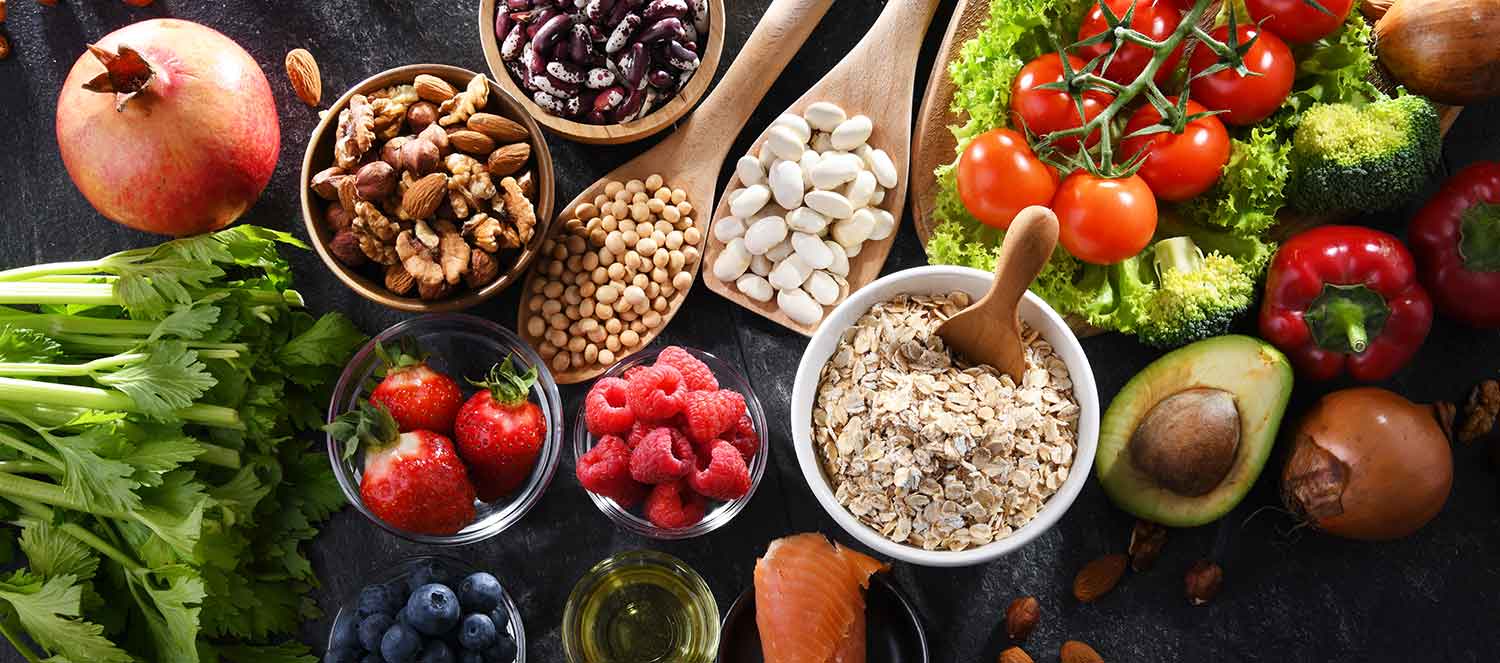How to Enjoy a Delicious Meal on an Airplane
Traveling by airplane can be an exciting experience, but it often comes with the challenge of finding a satisfying meal. With limited options and space, it’s important to plan ahead and make the most of your in-flight dining experience. Whether you’re embarking on a short domestic flight or a long international journey, here are some tips on how to eat well while soaring through the skies.
1. Pack Your Own Snacks
One of the best ways to ensure you have a tasty meal on an airplane is to pack your own snacks. Opt for portable, non-perishable items such as trail mix, granola bars, nuts, and dried fruits. These snacks are not only convenient but also provide a good source of energy during your flight.
2. Choose Wisely from the In-Flight Menu
Many airlines offer a selection of meals and snacks for purchase during the flight. When perusing the in-flight menu, look for options that are fresh, nutritious, and satisfying. Consider choosing a salad, wrap, or fruit platter for a healthier alternative to traditional airplane fare.
3. Stay Hydrated
Proper hydration is key to feeling your best while flying. Be sure to drink plenty of water throughout the flight to stay hydrated and avoid the effects of altitude. Additionally, you can bring an empty reusable water bottle through security and fill it up before boarding to have a refreshing drink on hand.
4. Be Mindful of Portion Sizes
While it’s tempting to indulge in all the snacks and meals offered during a long flight, it’s important to be mindful of portion sizes. Overeating can lead to discomfort and sluggishness, so aim to consume moderate portions of food throughout the journey.
5. Consider Dietary Restrictions
If you have specific dietary restrictions or preferences, it’s a good idea to notify the airline in advance. Many carriers offer special meal options such as vegetarian, gluten-free, or low-sodium meals to accommodate passengers with dietary needs. By planning ahead, you can ensure that you have a meal that aligns with your dietary requirements.
6. Practice Good Etiquette
When enjoying a meal on an airplane, it’s important to be considerate of your fellow passengers and the flight crew. Avoid strong-smelling foods, clean up after yourself, and use headphones when watching or listening to content on your personal devices. By practicing good etiquette, you can contribute to a pleasant dining experience for everyone on board.
7. Enjoy the Experience
Despite the challenges of dining on an airplane, it’s important to embrace the experience and make the most of it. Take the opportunity to savor your meal, enjoy the views from your window seat, and appreciate the convenience of being able to dine while traveling at 30,000 feet.
By following these tips, you can elevate your in-flight dining experience and enjoy a delicious meal while soaring through the skies. Bon appétit!
